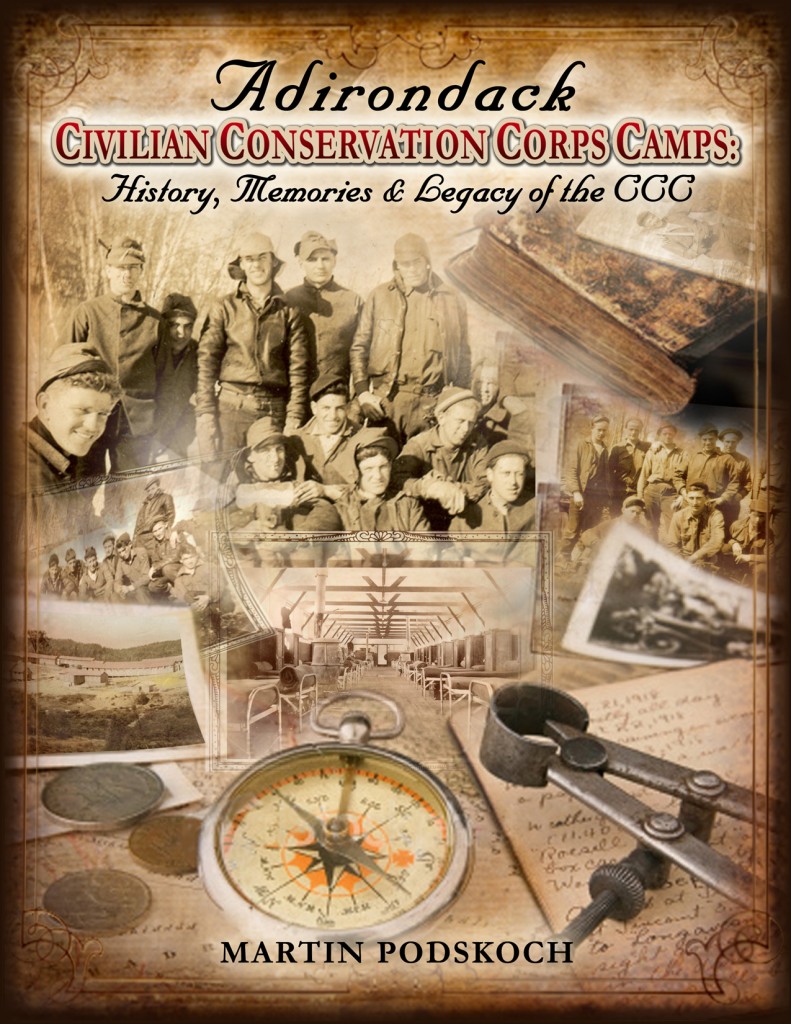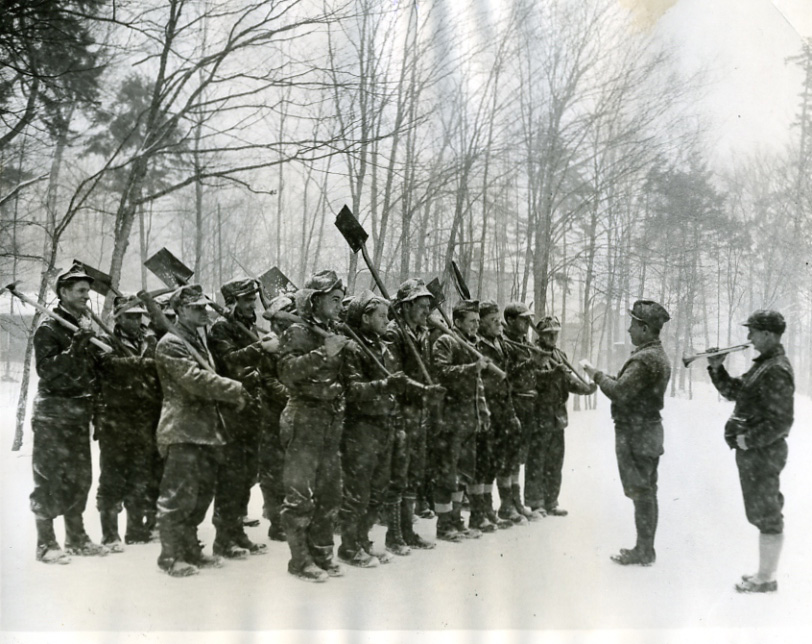
"Adirondack Civilian Conservation Corps Camps: History, Memories and Legacy of the CCC" by Marty PodskochA CCC regiment at Lake Placid
Author to appear at Old Forge Hardware for booksigning on Friday, August 26, from 2 to 4pm
Author Marty Podskoch’s latest book, Adirondack Civilian Conservation Corps Camps: History, Memories and Legacy of the CCC, which chronicles the public works program created by President Franklin Roosevelt and his New Deal, will be released on August 15.
The Civilian Conservation Corps (CCC) operated from 1933 to 1942 and targeted single men ages 18 to 25 years, and veterans in relief of families who had difficulty finding jobs during the Great Depression.
The program provided unskilled manual labor to environmental conservation and to development of natural resources in rural lands.
The US Army supervised the camps which had 200 men each.
Some of the earliest camps were set up in 26 Adirondack towns including Speculator, Newcomb, Paul Smiths,Tupper Lake, and Lake Placid.
In the Adirondacks, enrollees built trails, roads, campsites and dams, stocked fish, built and maintained fire towers, observer’s cabins and telephone lines, fought fires, and planted millions of trees.
The CCC disbanded in 1942 due to the need for men in WW II.
Nationwide, enrollees planted nearly 3 billion trees to help reforest America, constructed more than 800 parks nationwide, updated forest fire fighting methods, and built a network of service buildings and public roadways.
In nine years, 2.5 million young men participated in restoring public appreciation of the outdoors.
One of the persons Podskoch interviewed when researching the book was the late Clarence Petty.
A wilderness guide, pilot, district ranger, and conservationist, Petty first worked in 1933 as a forester at the Tupper Lake camp.
He then advanced to camp superintendent at many other CCC camps till the end of the program in 1942.
“Marty Podskoch’s interviews with CCC enrollees and their families and the marvelous photos of camp life captures the vitality of the young men who worked so hard to improve our forests, which had been ravaged by fires and lumbering. We must not forget their labors in the woodlands and state parks that continue to be enjoyed by millions today,” Petty said.


